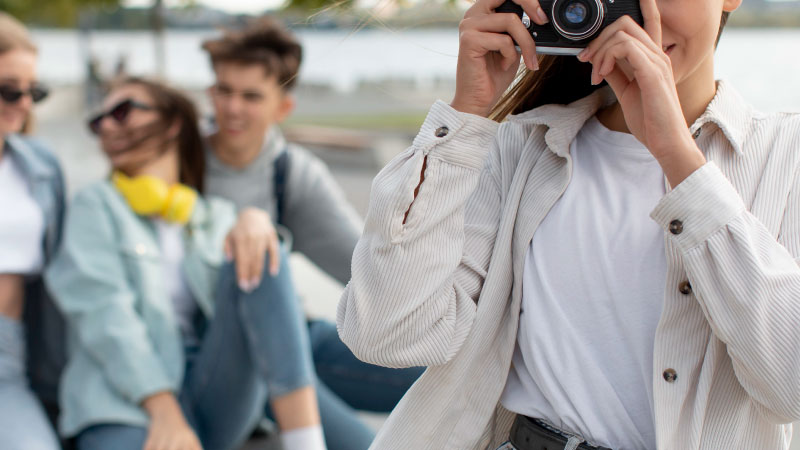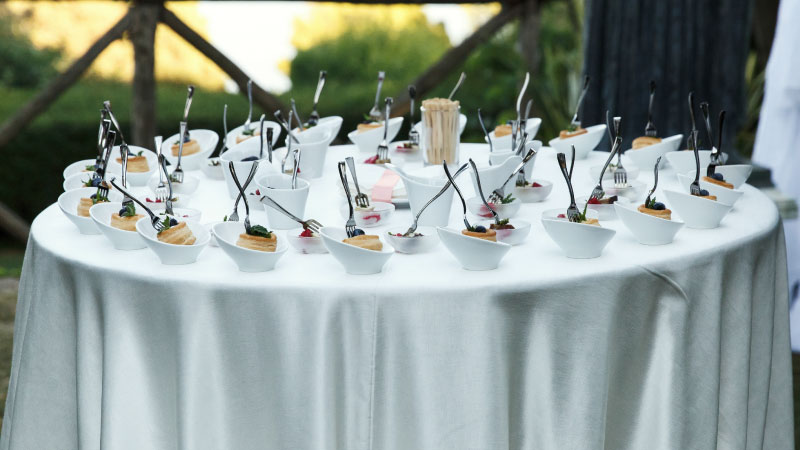Event photography is an art form that requires a keen eye for detail, quick reflexes, and a deep understanding of the event’s atmosphere. Whether capturing a corporate gala, wedding, birthday party, or a music festival, the goal is to document the event in a way that tells a compelling story and preserves precious memories. Here are some expert tips and ideas to elevate your event photography skills.

Preparation and Planning
- Know the Event Schedule: Understand the event’s flow and key moments. This allows you to anticipate where you need to be and when.
- Scout the Venue: Visit the venue beforehand to familiarize yourself with the layout, lighting conditions, and potential shooting spots.
- Meet with the Organizers: Discuss their expectations, important moments, and any specific shots they want to be captured.
- Create a Shot List: While spontaneity is crucial, having a shot list ensures you don’t miss any critical moments or requested photos.
Equipment Essentials
- Camera Gear: Use high-quality DSLR or mirrorless cameras with fast lenses for versatility in different lighting conditions.
- Lenses: Bring a variety of lenses, including a wide-angle for group shots, a telephoto for candid moments, and a prime lens for portraits.
- Lighting: Have a reliable external flash and consider portable lighting for darker venues.
- Backups: Always carry extra batteries, memory cards, and even a backup camera to avoid any technical issues.
Capturing Candid Moments
- Be Discreet: Blend into the background to capture natural, unposed moments. This often involves using a telephoto lens to maintain distance.
- Focus on Emotions: Look for genuine expressions and interactions that tell the story of the event.
- Continuous Shooting Mode: Use burst mode to capture a series of frames quickly, ensuring you don’t miss a fleeting moment.
Composition Techniques
- Rule of Thirds: Divide your frame into thirds, both horizontally and vertically, and place key elements along these lines for a balanced composition.
- Leading Lines: Use natural lines within the venue (like aisles, tables, or architecture) to guide the viewer’s eye toward the main subject.
- Frame Within a Frame: Use doorways, windows, or other elements to frame your subject, adding depth to your photos.
Lighting Tips
- Natural Light: Whenever possible, utilize natural light for a more authentic feel. Position subjects near windows or open spaces.
- Flash Techniques: Bounce your flash off ceilings or walls to diffuse light and avoid harsh shadows.
- Ambient Light: Incorporate the venue’s ambient lighting to maintain the atmosphere. Adjust your camera settings to balance exposure.
Group Shots and Portraits
- Direct the Group: Be assertive but polite in arranging groups for photos. Make sure everyone is visible and looking at the camera.
- Backgrounds: Choose backgrounds that are uncluttered and relevant to the event.
- Engage with Subjects: Make your subjects feel comfortable to capture more relaxed and natural expressions.
Action Shots
- Shutter Speed: Use a fast shutter speed to freeze motion, especially for events with a lot of movement like sports or dance.
- Predict the Action: Anticipate key moments (such as a bouquet toss or a speaker’s gesture) and be ready to capture them.
- Panning Technique: For dynamic motion shots, use a slow shutter speed and move the camera with the subject to create a sense of movement.
Post-Processing
- Editing Software: Use professional software like Adobe Lightroom or Photoshop for post-processing.
- Consistency: Maintain a consistent editing style throughout the event’s photos to create a cohesive look.
- Highlight and Shadow Recovery: Adjust highlights and shadows to bring out details, especially in challenging lighting conditions.
Creative Ideas
- Detail Shots: Capture close-ups of decorations, food, signage, and other details that add context and texture to the event.
- Thematic Shots: Align your photography style with the event’s theme. For a vintage-themed wedding, consider sepia tones or a soft focus.
- Photo Booths: Set up a photo booth with props that match the event’s theme. This provides guests with a fun activity and additional photos.
Event photography is about more than just taking pictures; it’s about capturing the essence of an event and preserving memories that will be cherished for a lifetime. By preparing thoroughly, using the right equipment, and employing creative techniques, you can ensure that your event photography stands out. Remember, the goal is to tell a story through your lens, capturing the emotions, details, and special moments that make each event unique.


